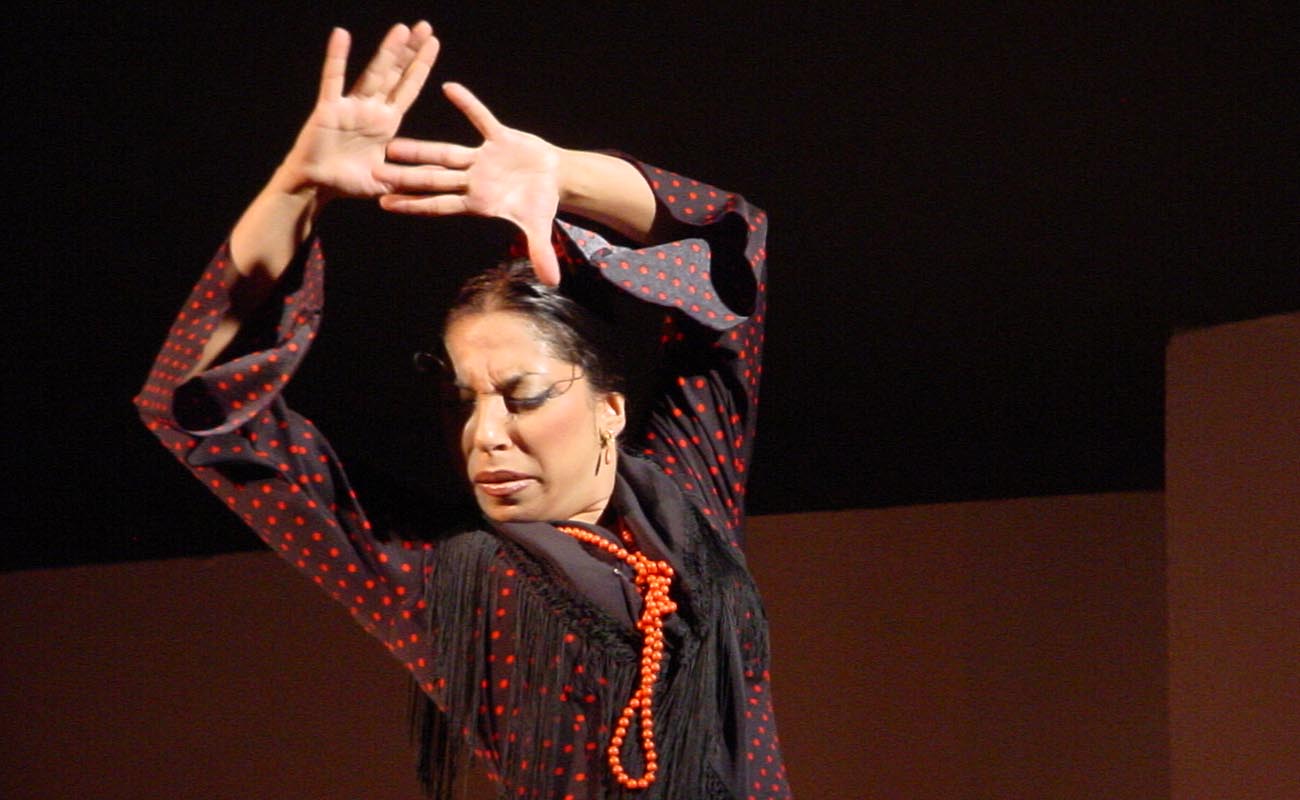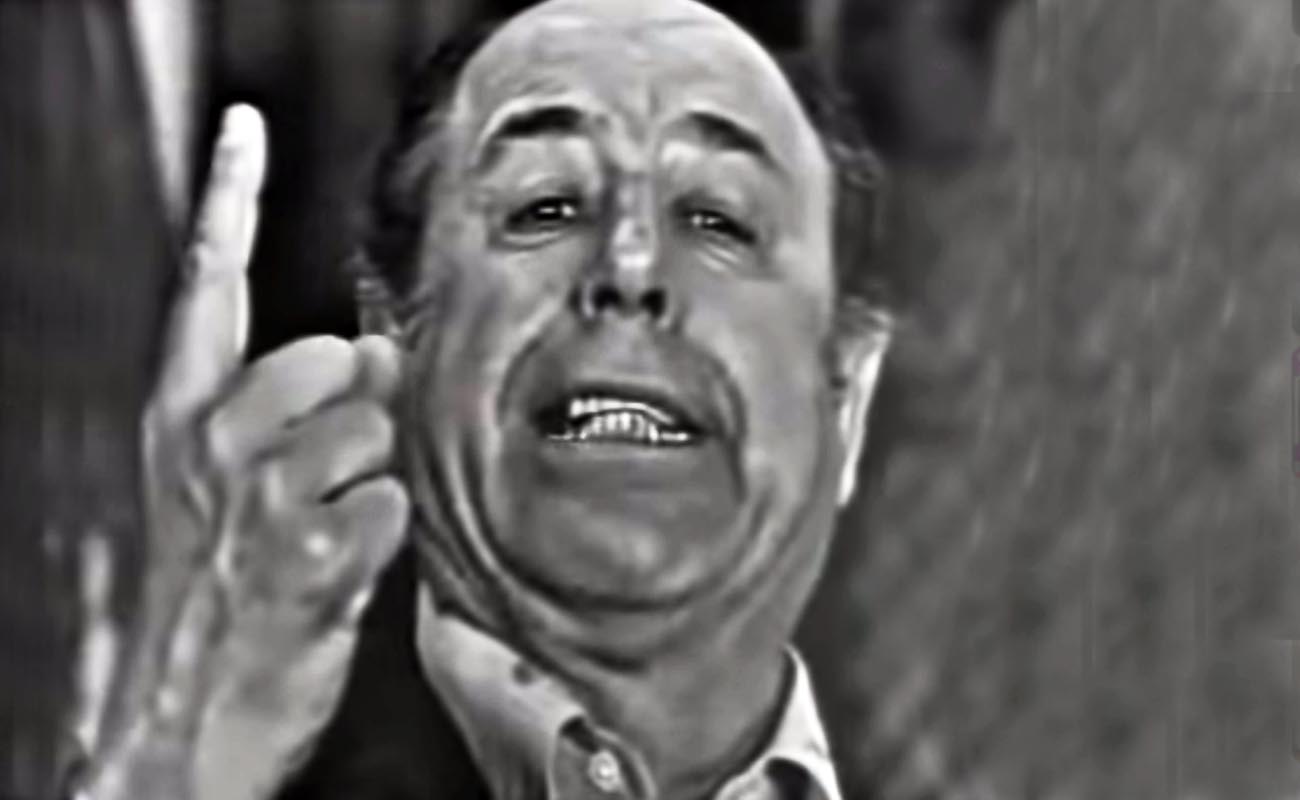Tangos a la Carte
Tangos, in binary compás, often get scant attention, and subtle bad press seems to suggest they are not worthy of as much study as other forms.

Nowadays, thanks primarily to the work of Antonio Mairena and others who followed his path, most serious flamenco fans are capable of identifying numerous styles of soleá, siguiriya, and even tonás. However, tangos, in binary compás, often get scant attention, and subtle bad press seems to suggest they are not worthy of as much study as other forms. Nevertheless, considering the wide variety of tangos, we can see there are nearly as many distinguishable styles and locations as there are of soleá, a surprising richness. Although there are seldom specific attributions for the individual verses, each area has its unmistakable flavor, and being able to appreciate the characteristics of each one not only contributes to the listener’s pleasure but is also our duty as good aficionados.
At first glance, we can see that the branch of tangos, including tientos (but not tanguillos, which have a different path), makes use of more music, more varied and complex melodies, or a wider assortment of chords, unlike soleá/siguiriya, which employs limited harmony. This doesn’t mean the associated singing styles are simpler; quite the contrary. With less complicated music, the singer can and should contribute more personality.
Before the opening in flamenco singing set in motion by Camarón, one could speak of a varied but more or less fixed repertoire of identifiable styles of tangos. In the following decades however, tangos have acquired the same capacity of assimilation that we see in bulerías. In addition to the traditional styles, any popular, folkloric, or original song is sung as tangos.
Of traditional variants of tangos, the main ones are as follows:
Tango de Cádiz: These are the best-known and most-performed tangos. They have a musical and poetic format parallel to that of soleá, verses of 3 or 4 lines with 8 syllables, with or without repetitions according to the singer’s preference. They are in the flamenco or Phrygian scale and allow for coletillas or refrains linked to the main verse, as often heard in alegrías. The greatest interpreters of the tangos of Cádiz have been the traditional masters from Cádiz itself: Aurelio Sellés, Manolo Vargas, Pericón de Cádiz, Perla de Cádiz, Beni de Cádiz, or the dearly missed Chano Lobato, among others. At least one style of tangos is attributed to Jerez, that of Frijones.
Tango extremeño: These non-Andalusian tangos were almost unknown to flamenco enthusiasts until Porrinas de Badajoz put them in circulation, and Camarón de la Isla further popularized them through his contact in Madrid with Juan Cantero, Ramón el Portugués, Guadiana and Marelu. They are in the Andalusian musical mode with a characteristic flavor, and are often rounded off with refrains sung in chorus. In addition to the above-mentioned singers, notable interpreters of these forms include La Kaíta and Remedios Amaya, as well as the late Indio Gitano and Antonia la Negra.
Tangos de Málaga: of Piyayo and of Repompa. These are the tangos that cause the most confusion, because they are considered Malaga styles, so “tangos de Málaga” can be either of the two. To further complicate matters, the so-called “tangos de la Repompa” are actually from La Pirula, the mother of La Cañeta, and it was La Repompa, the older sister of the current Repompa, who popularized them. Although for most enthusiasts they are tangos of Málaga origin, maestro Fosforito says they are forms that originated in Granada.
The tangos of La Repompa have a very flamenco air and distinctive melodies. There are four or five characteristic styles performed at a lively pace. Sometimes they are danced, but it is not common. To experience the flavor of these tangos, we must listen to the old recordings of La Repompa.
El Piyayo was a bohemian who spent part of his youth in Cuba towards the end of the 19th century. The tangos attributed to him can either be ten-line espinelas or the conventional four-line format. The characteristic melody flirts with major and minor scales, providing a Caribbean feel, and the verses speak of poverty, prison, or Piyayo’s experiences in the Cuban army. They are performed with a relaxed languid rhythm very suitable for dancing, which Antonio Gades managed to popularize in the sixties.
Tangos de Triana. According to Mairena and Molina, “in Triana, tangos were always sung for dancing, and no matter how far back we go in its history, the oral gypsy tradition confirms their existence.” There are old Triana tangos in the flamenco scale, such as those popularized by La Niña de los Peines, who was a great interpreter and creator of these songs.
There are other tangos purely from Triana, those of El Titi, cultivated and popularized by Naranjito de Triana and recorded by Fosforito, Manuel Vallejo and Antonio el Sevillano among others. These tangos have an associated type of dance featuring movements that are suggestive and even comical. They may be confused with the tangos del Piyayo as they are in the same musical mode.
Tangos de Granada. Another unmistakable flavor of tangos, the quintessential genre of Granada that forms the basis of any gathering or show in that area. Granada singer Juan Pinilla tells me there are around eight varieties of Granada tangos, from the fast-paced merengazos to the tangos paraos, which are not danced and have a leisurely rhythm.






